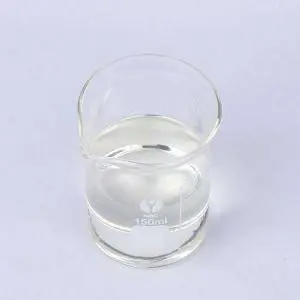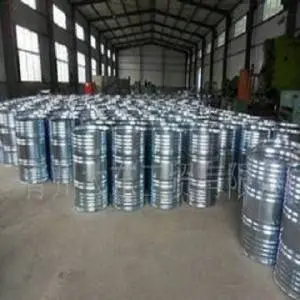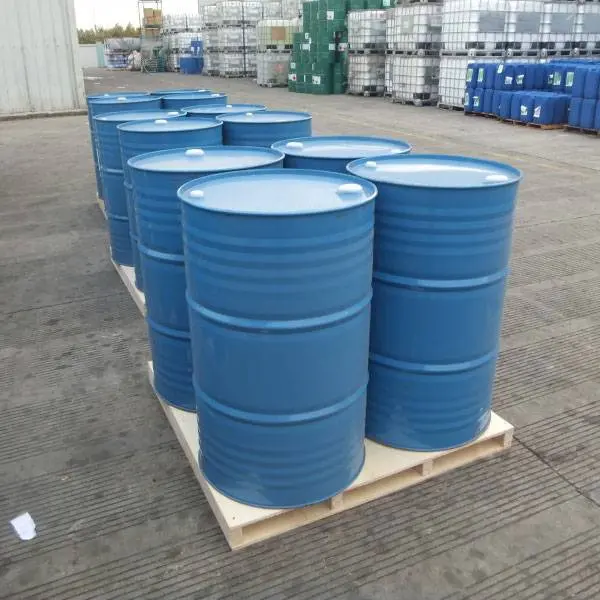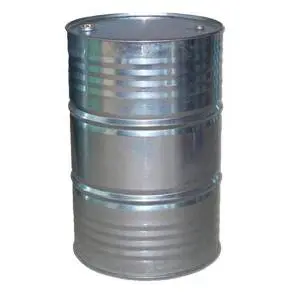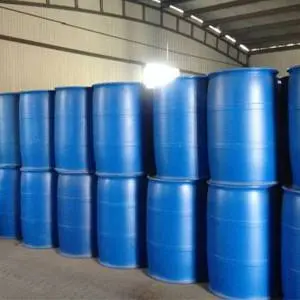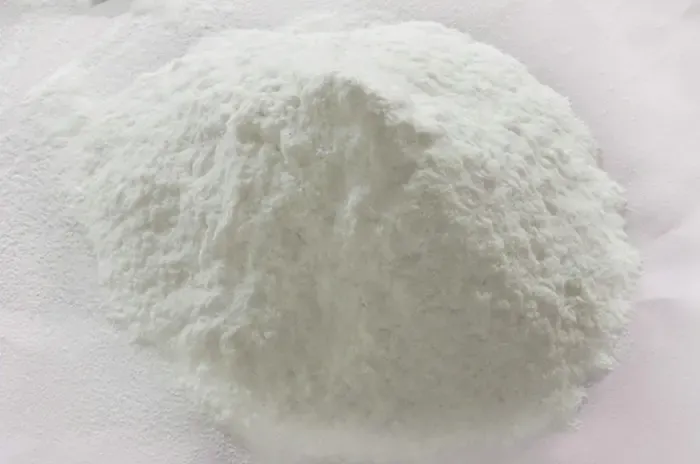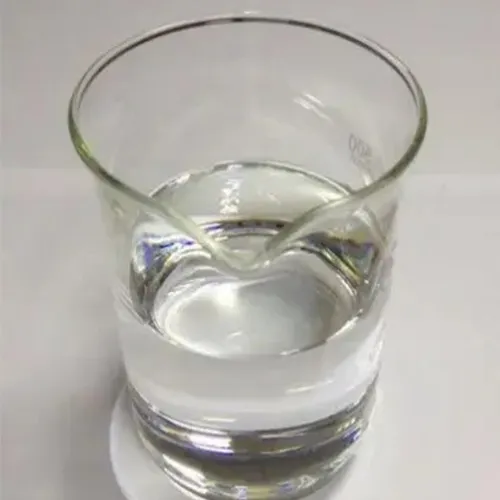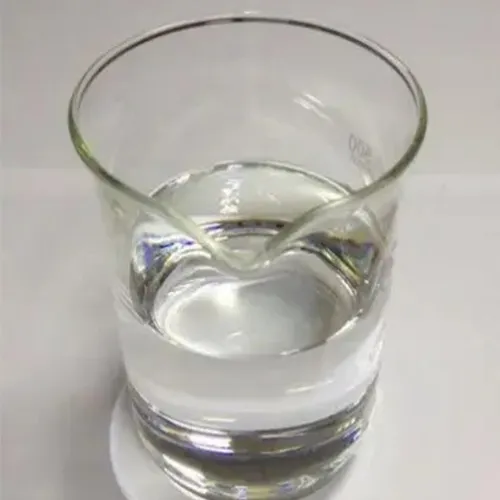3 Methylpyridine: An Important Nitrogen-Containing Heterocyclic Compound
In the field of organic chemistry, nitrogen-containing heterocyclic compounds have become the focus of numerous studies and applications due to their unique structures and diverse chemical properties. 3 Methylpiperidine, as an important member, plays an indispensable role in chemical synthesis and other fields due to its unique molecular structure.

The molecular structure of 3 Methyliperidine has distinct characteristics
Methylpiperidine has a pyridine ring as its basic skeleton, which is a nitrogen-containing heterocyclic ring composed of six atoms, with one nitrogen atom replacing one carbon atom in cyclohexane. And 3 Methylpiperidine has a methyl group attached to the 3rd position of the pyridine ring, which not only changes the spatial configuration of the molecule but also significantly affects its chemical properties. This structure gives the molecule both the stability of a cyclic compound and an increased reactivity due to the presence of methyl groups.
From the perspective of physical and chemical properties, 3 Methylpiperidine exhibits unique properties
4 Methylpiperidine usually appears as a colorless liquid with a certain degree of volatility, and can emit a special odor at room temperature. Its boiling point and melting point are within a specific range, which distinguishes it from other pyridine derivatives. In terms of solubility, it can dissolve in various organic solvents such as ethanol, ether, etc., and can also dissolve to a certain extent in water, which provides convenient conditions for its application in various chemical reactions. In addition, due to the presence of nitrogen atoms in the molecule, it has a certain alkalinity and can undergo neutralization reactions with acids to generate corresponding salts.
There are various methods for preparing 3 Methylpiperidine, including chemical synthesis
One method is to prepare by amination of relevant olefin compounds. Under specific catalysts and reaction conditions, olefins undergo addition reactions with amine substances to form the structure of 1 methyl piperidine. Another method is to start from the corresponding pyridine derivatives and introduce methyl groups through methylation reactions to obtain the target product. Different preparation methods have their own advantages and disadvantages, and are suitable for different production and experimental scenarios. In practical operation, it is necessary to choose the appropriate method according to the specific situation.
3 Methylpiperidine has important applications in multiple fields
In organic synthesis, n methyl piperidine is an important intermediate that can be used to synthesize various complex organic compounds. For example, in the field of drug synthesis, it can participate in the construction of some bioactive molecules, providing a foundation for the development of new drugs. In materials chemistry, it can be used as a raw material to prepare certain functional materials, which have potential application value in fields such as optoelectronics. Meanwhile, in chemical research, it is often used as a reagent to assist in the exploration of various chemical reaction mechanisms.
In summary, 3 Methyliperidine, as an important nitrogen-containing heterocyclic compound, has a unique molecular structure, specific physicochemical properties, diverse preparation methods, and a wide range of application fields. It occupies an important position in organic chemistry research and related industry development. With the continuous progress of science and technology, its more characteristics and application value are expected to be further explored, contributing more strength to the development of the chemical field.
3 Methylpiperidine FAQs
What are the common applications of 1.3 Methylpiperidine in organic synthesis?
3 Methylpiperidine is an important organic intermediate widely used in the synthesis of pharmaceuticals, pesticides, and fine chemicals. The pyridine ring and methyl site in its structure make it a chiral adjuvant or building block for the preparation of bioactive molecules such as analgesics, antidepressants, or local anesthetics. In addition, it is also used for ligand modification in catalytic reactions to enhance the selectivity of the reaction.
What are the physical and chemical properties of 2.3 Methylpiperidine?
This compound is a colorless to pale yellow liquid at room temperature, with a pungent odor unique to amines. The boiling point is about 138-140 ° C, the density is lower than water, and it is slightly soluble in water but easily soluble in organic solvents such as ethanol and ether. It has strong alkalinity (pKa about 10.5) and can form stable salts with acids, which is commonly used in industrial separation and purification.
How to safely store and handle 3 Methylpiperidine?
It should be sealed and stored in a cool and ventilated place, away from sources of fire and oxidants. Due to its corrosiveness and volatility, gas masks and chemical resistant gloves should be worn during operation. If a leak occurs, it can be covered with inert adsorbent material and cleaned to avoid direct contact with the skin or inhalation of vapor. Waste must be disposed of in accordance with hazardous chemical regulations.
What are the industrial preparation methods for 4.3 Methyliperidine?
The mainstream synthetic route includes the methylation reaction of piperidine, usually using piperidine as the raw material and reacting with methylation reagents (such as iodomethane or dimethyl sulfate) under alkaline conditions. Another approach is to reduce 3-methylpyridine using catalytic hydrogenation or metal reduction methods. The choice of different processes depends on cost, purity, and environmental requirements.
What is the special role of 3 Methylpiperidine in drug development?
Its rigid ring structure can enhance the stereostability of drug molecules and is commonly used to optimize pharmacokinetic properties. For example, introducing the 3-methylpiperazine fragment into antihistamines or antipsychotic drugs can regulate lipid solubility and blood-brain barrier penetration, thereby improving efficacy or reducing side effects. Some antibiotics also utilize this structure to inhibit enzyme activity.
Post time: Sep . 23, 2025 10:28





